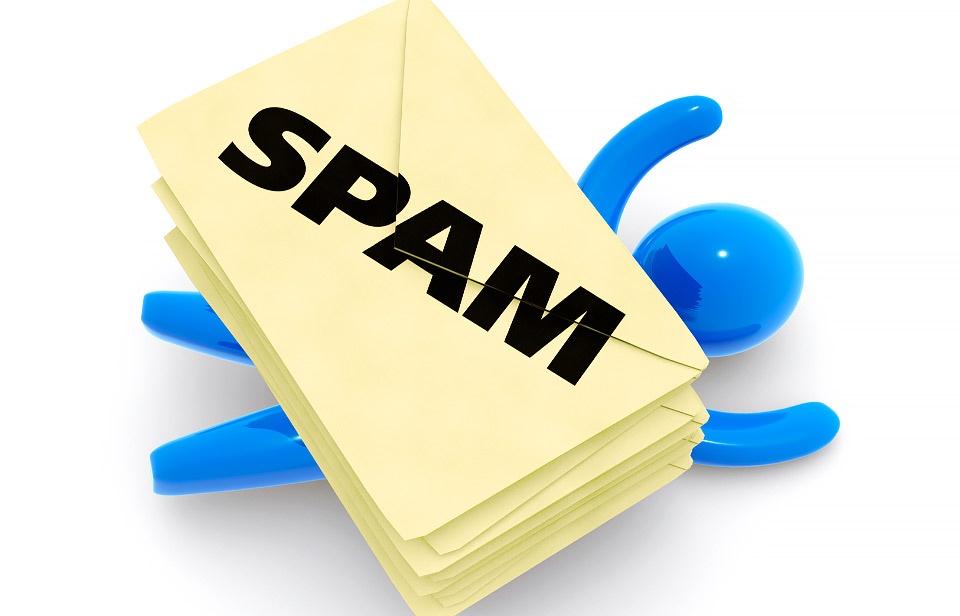Whether you are a sender or receiver, potential leads can be hampered by landing in the spam/junk mail folder. Learn how to combat this.
Sending
If you are looking to contact a potential customer or business partner, you may choose to send them an e-mail to initiate contact. Yet, said e-mail may end up in their spam/junk folder as it is coming from an unknown sender (i.e. their normal inbox would not recognize your e-mail address). This can scupper your chances completely if the recipient does not check these folders. Therefore, if you plan to follow up this e-mail with a call, the person answering the phone may not have a clue who you are and what you are talking about. In theory, you would have to relay the content of the initial e-mail to them.
Receiving
All the points touched upon in the above paragraph work in reverse when you are the recipient of an e-mail from an unrecognized sender. If you do not check your spam/junk folders from time to time, you will not be aware of any potential beneficial opportunities that may await you and your business. In tandem with this, you may be wary to open any mail labelled as junk or spam for the very real fear that it may contain a threat in the form of a virus or Trojan horse etc.
So how can both sides avoid this dilemma? We list three simple tips to help your e-mails to reach the intended recipients and also in reverse so that you do not miss any beneficial e-mails directed to you and your business.
1. Send from your e-mail address
Make sure to send your e-mails from an e-mail account and not from a newsletter or third-party software account. Newsletter and third-party software programmes have generated ‘from’ e-mails that get flagged by regular e-mail inboxes, which know that the origins are from a mailing list. Due to this, they can automatically end up in the spam/junk folder.
2. Scan your spam/junk folders
From time to time you should open these folders and glance over their contents. Do be careful to open anything that looks overly suspicious. But if any of the e-mail previews show that they are addressed to you (i.e. Hi John, My name is . . .), these have a safer and more personalized feel to them and are worth (cautious) attention.
3. Try an alternative e-mail route
Most businesses (yours included) are likely to have more than one e-mail address with which to receive mail, i.e. info@ and enquiries@ etc. If you send an e-mail to the ‘info’ address and have no luck in terms of a reply, try sending the e-mail again to the ‘enquiries’ address. Likewise, when scanning your spam/junk folders, do not restrict yourself to just the e-mail address that you use (e.g. ‘info’); but also be sure to check your alternate e-mails such as ‘enquiries.’




